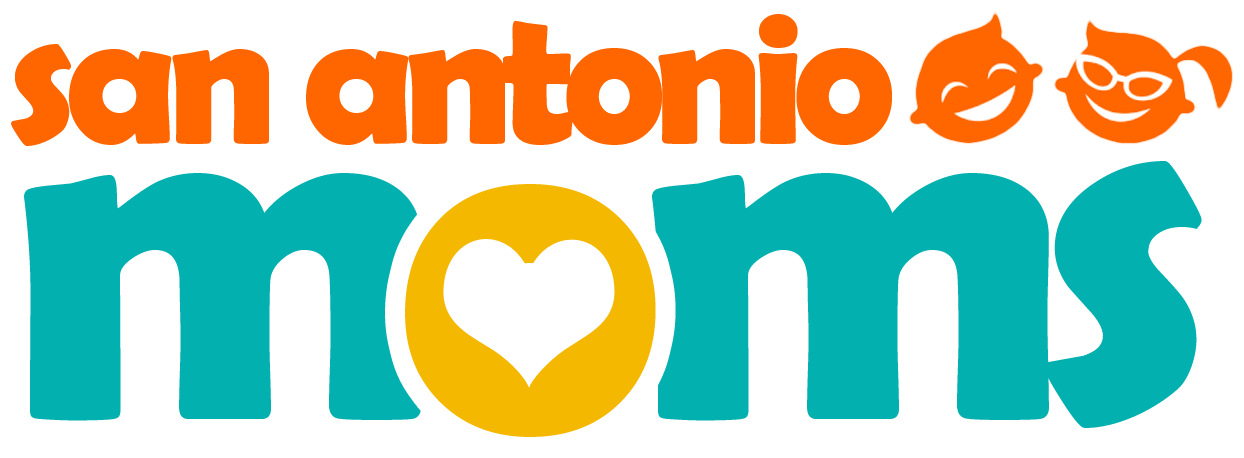When preschool children act out, whether by refusing to cooperate (“I don’t wanna!”) or fighting over a toy, parents, and caregivers often intervene with a stepped approach. First, there’s usually a directive (“stop”) with a simple explanation as to why the action is inappropriate, and an instruction that the behavior is changed.
 If the child continues the unacceptable behavior, the second step is a warning, followed up by a time-out.
If the child continues the unacceptable behavior, the second step is a warning, followed up by a time-out.
Defining A Time-Out
We all use cool-down periods known as time-outs, but in different ways – some parents sit their kids in a chair with nothing at hand for entertainment. Others send their children to their rooms for a break, meaning the kids can play with anything there – but by themselves.
However, most parents interviewed for this article agreed with one mom’s definition of time-outs as being “very short time periods, in a boring area, consistent and without emotion or negotiation”. Another added that “time-outs are free from stimulation. They are the withdrawal of conditions the child prefers for a period of time long enough to cause thought but not long enough to resentment. This period requires knowledge of the child but typically one minute per year of age is quite sufficient.”
A mother of twins, Patti used time-outs effectively by having them “sit on the couch in the living room with no television or any stimulus. They were allowed to pick one blanket to snuggle with during the time out, which…was a HUGE calming mechanism.”
“If both twins were in time out,” Patti continued, “they had to spend their two minutes thinking of something nice to say to the other one when their time was up. When the timer buzzed, they’d say things like ‘You smell like flowers’ or ‘You’re not really a poopyhead’ to each other. It was great.”
Are Time-Outs Effective?
Yes, says bestselling parenting author and mom Jane Nelsen, time-outs can work for preschoolers. As long as they are positive, teaching experiences and not simply exercises in punishment, time-outs can actually work very well. She is of the opinion, though, that until toddlers reach the “age of reason” sometime after their third birthday, time-outs should not be used at all.
By using brief time-outs to calm down and regroup, Dr. Nelsen says that you and your child can then reconnect, talk about the problem and find a solution.
In other words, says one preschool parent, a time-out should never be accompanied by “shouting or other angry behavior from the parent, or carried on too long, as this will lead to resentment and tantrums; and a highly emotional child is unlikely to learn the intended lesson.”
By the way, preschool parents are encouraged to take time-outs too. A little deep breathing, a pause to drink in a bright, blue sky or a few minutes spent chatting with a neighbor might just be enough to add another inch to the end of your rope.
